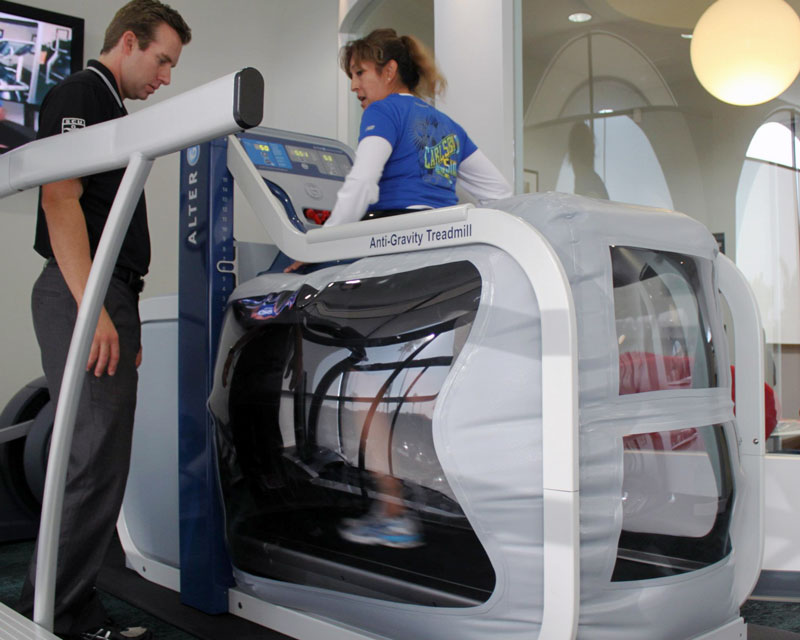 Chances are, if you live and work in Newport Beach, Calif., you know – or you think you know – of at least one person who receives Botox treatments. In fact, according to a recent online poll conducted by The Orange County Register, 1.2 million ‘secret’ Botox treatments are doled out each and every year throughout Southern California. But as you’ll learn in today’s blog entry, Botox isn’t just for appearances!
Chances are, if you live and work in Newport Beach, Calif., you know – or you think you know – of at least one person who receives Botox treatments. In fact, according to a recent online poll conducted by The Orange County Register, 1.2 million ‘secret’ Botox treatments are doled out each and every year throughout Southern California. But as you’ll learn in today’s blog entry, Botox isn’t just for appearances!
Botulinum toxin injection therapy — popularly known as Botox — was approved by the Food and Drug Administration (FDA) in April of 2002 as a means of temporarily improving the appearance of frown lines between the eyebrows. The nod from the FDA resulted in widespread cosmetic use of the product, with many advocates seeing it as less intrusive and costly than plastic surgery.
A little bit of background for you: What Botox does is block the neurotransmitters that tell muscles to contract. As a result, it decreases severe muscle spasm and pain for about three months, and in some cases, up to six months. Botox injections that work to reduce the contraction of the muscles in our face, provide smooth appearance to the wrinkles. That’s made a lot of people — from politicians to plumbers — very happy.
But since its original development, Botox injections have also been used by skilled physicians to treat painful conditions caused by muscle spasms, and that’s where FORMA and Dr. Claudio Carvalho step into the picture.
Most recently, Botox has received FDA approval to treat the severe muscle contractions in the arms and hands of people who have suffered from a stroke. Botox has also been used successfully to treat such symptoms as neck pain, headaches, mid- and lower-back pain, bladder spasms and arm and leg spasms. In addition to that, there have been several studies looking into the mechanism by which Botulinum toxin may also block the neurotransmitters that ‘tell’ the nerves to send painful signals from injured areas.
 At FORMA, we stay on top of the latest developments in pain management at our physical therapy offices in Costa Mesa, Calif. And that includes the use of Botulinum toxin injection therapy because we understand that precisely planned pain management is an important part of maximizing one’s performance in physical rehabilitation therapies. And, of course, our ultimate goal is improving your overall physical performance and quality of life.
At FORMA, we stay on top of the latest developments in pain management at our physical therapy offices in Costa Mesa, Calif. And that includes the use of Botulinum toxin injection therapy because we understand that precisely planned pain management is an important part of maximizing one’s performance in physical rehabilitation therapies. And, of course, our ultimate goal is improving your overall physical performance and quality of life.
Ask our own Dr. Carvalho about Botox and he will first explain that in physical rehabilitation, Botulinum toxin is used to target the muscles, which have not improved after other methods have been used. These methods might have included moist heat, soft tissue manual therapies, active and passive stretches, oral muscle relaxants, among others.
Botox injections are carefully planned to decrease the tension of muscles that are affecting the body part needing rehabilitation. In the case of shoulder and neck pain, for example, some common muscles will make it difficult for someone to bring the shoulder blade backwards, which is needed to reduce the sensation of “tension” on their neck area. In this case, the pectoralis minor muscles would normally be too “tight” and are good targets for the Botox treatment.
Following a week or two of Botox treatment, the results can be noticeable during physical therapy sessions. And with the neck pain decreased with improved use of the arm, life becomes much more productive and enjoyable.
For additional information on how Botox may help in expediting your recovery through physical rehabilitation therapies, schedule an appointment with Dr. Carvalho at our Costa Mesa Medical Physical Therapy Office, or call us at (949) 999-0777.






Leave A Comment